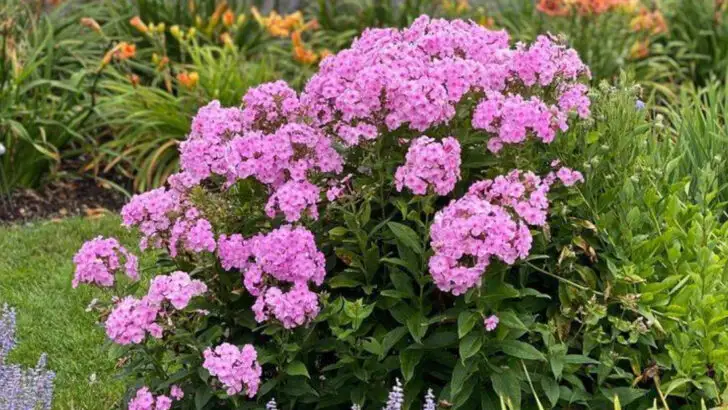There’s nothing better than planting a flower once… and then watching it return bigger, bolder, and even more beautiful every single year. That’s the magic of colorful perennials—the low-effort, high-reward stars of any garden. Unlike annuals that ask you to start over every season, these long-lasting bloomers dig in, settle down, and come back with more color and strength, like they’ve been hitting the gym during the off-season.
Whether you’re dreaming of vibrant purples, sunny yellows, romantic pinks, or bold splashes of red and orange, there’s a perennial flower out there ready to transform your garden—and keep it blooming for years to come. Even better? Many of them are pollinator magnets, drought-tolerant, and easy to care for, making them perfect for gardeners who want a stunning display without a ton of maintenance.
From front yard borders to wild cottage-style backyards, from containers on patios to tucked-away shady corners, these perennials are up for the challenge—and they’ll reward you with season after season of reliable, eye-catching color. Ready to meet the flowers that just keep giving? These are 20 colorful perennials that return stronger every year—and will make your garden feel fuller, brighter, and more joyful with every passing season.
Echinacea (Coneflower)
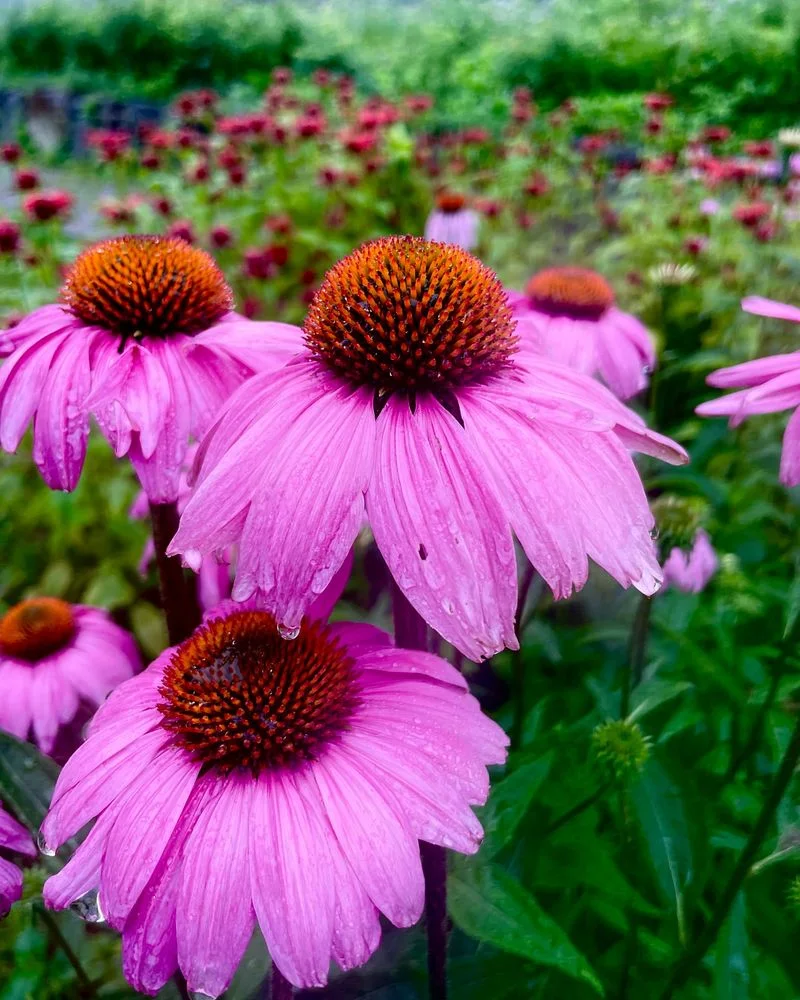
With its robust nature, Echinacea stands tall and proud. Known for its daisy-like shape and vibrant purple petals, it attracts bees and butterflies, making it a lively addition to your garden. Historically used for its medicinal properties, this plant is as functional as it is beautiful. You’ll find it returning with even more vigor each year, brightening up the garden space. Its adaptability to various climates adds to its allure, ensuring it thrives with minimal care. Echinacea’s resilience and charm make it a gardener’s favorite across regions.
Daylily (Hemerocallis)
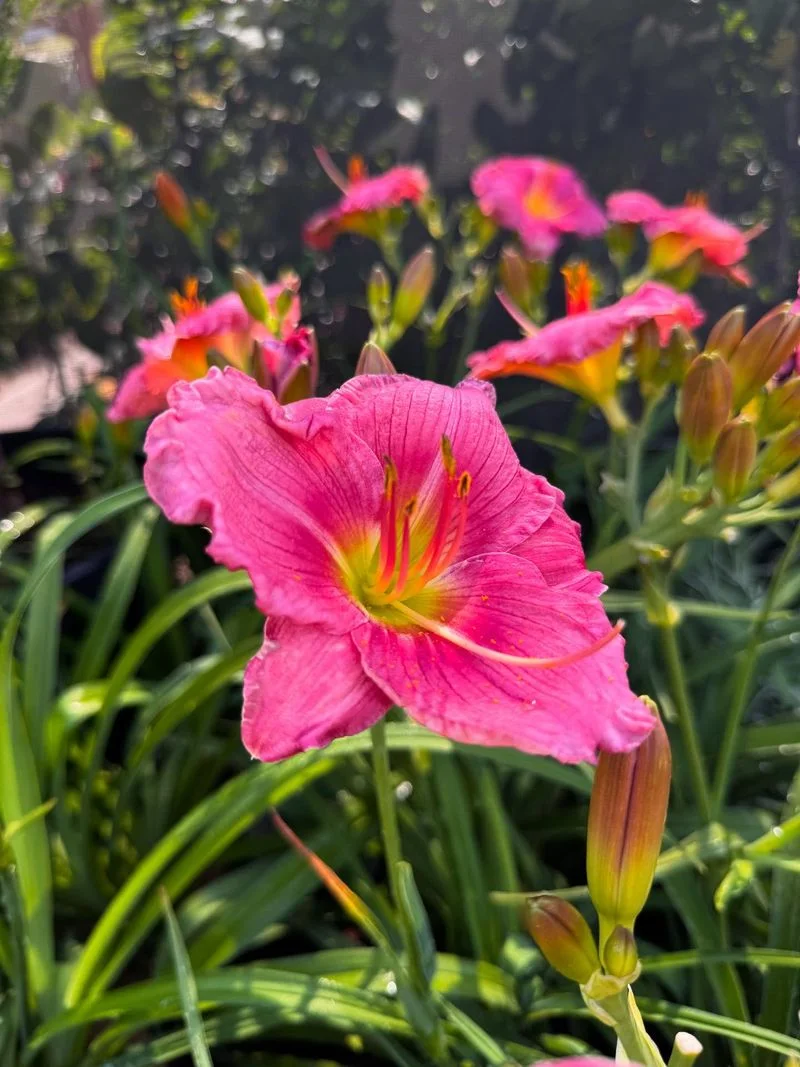
Daylilies are renowned for their ability to flourish in diverse conditions. With an array of colors, from deep reds to sunny yellows, they provide a cheerful display. Each bloom lasts just a day, but with numerous buds, this plant ensures ongoing beauty. It’s not just their vivid colors that captivate; their resilience through seasons is what makes them stand out. Daylilies require little maintenance, adapting well to different soils and climates. This adaptability, coupled with their vibrant hues, ensures they remain a staple in gardens worldwide.
Black-Eyed Susan (Rudbeckia)
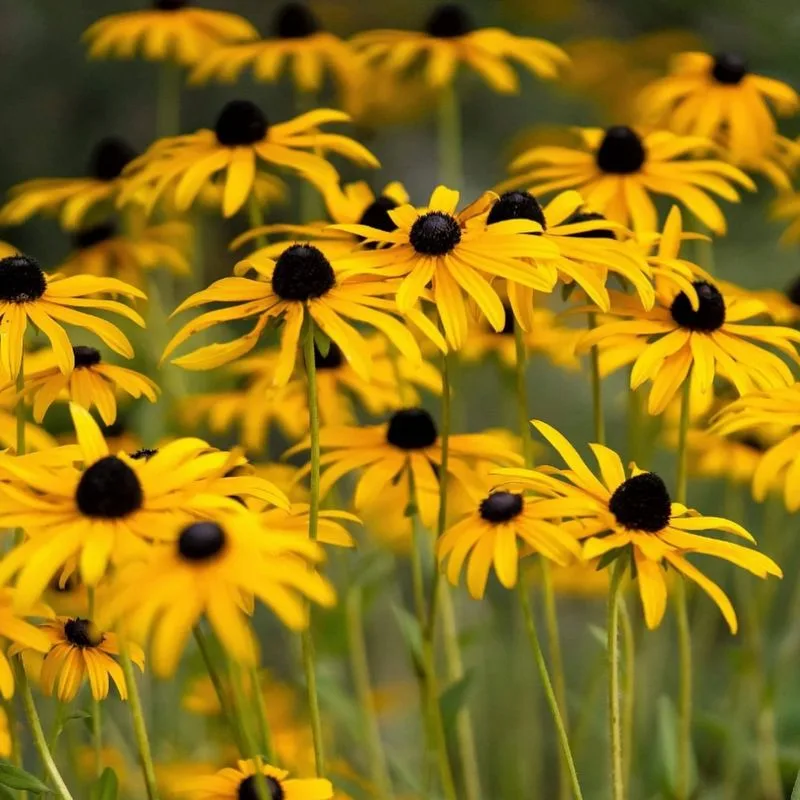
The Black-Eyed Susan is a garden classic, known for its striking yellow petals and dark central cone. This perennial brings a warm glow to any garden, returning year after year with little effort. Its ability to thrive in full sun and poor soil makes it a gardener’s delight. As a native to North America, it’s perfectly suited to local climates, ensuring its robust growth. Besides its beauty, it plays a vital role in supporting pollinators, attracting bees and butterflies with ease. A true symbol of enduring cheerfulness.
Peony (Paeonia)
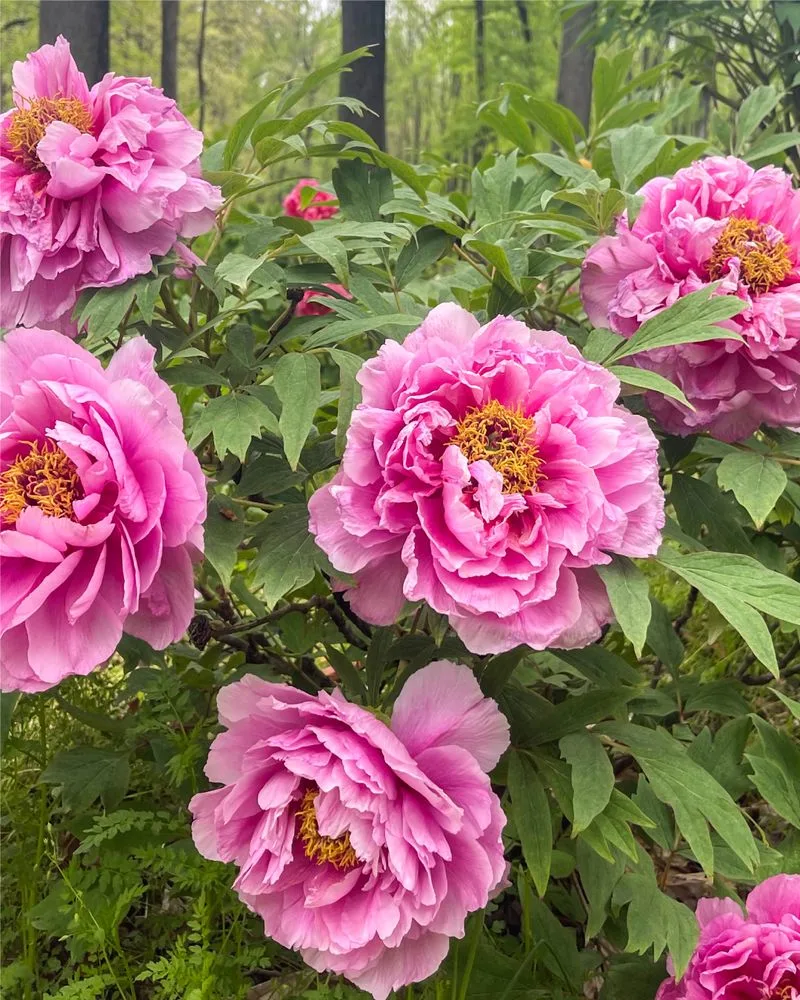
Nothing says elegance quite like the peony. Its lush, full blooms are a sight to behold, often gracing gardens with their delicate fragrance. Peonies may take a little time to establish, but once they do, these perennials reward with a spectacular display year after year. Their resilience is matched by their beauty, standing as a testament to timeless charm. Often found in bridal bouquets, peonies symbolize prosperity and romance. They prefer sunny spots and well-drained soil, promising a flourishing presence in the right conditions.
Hosta
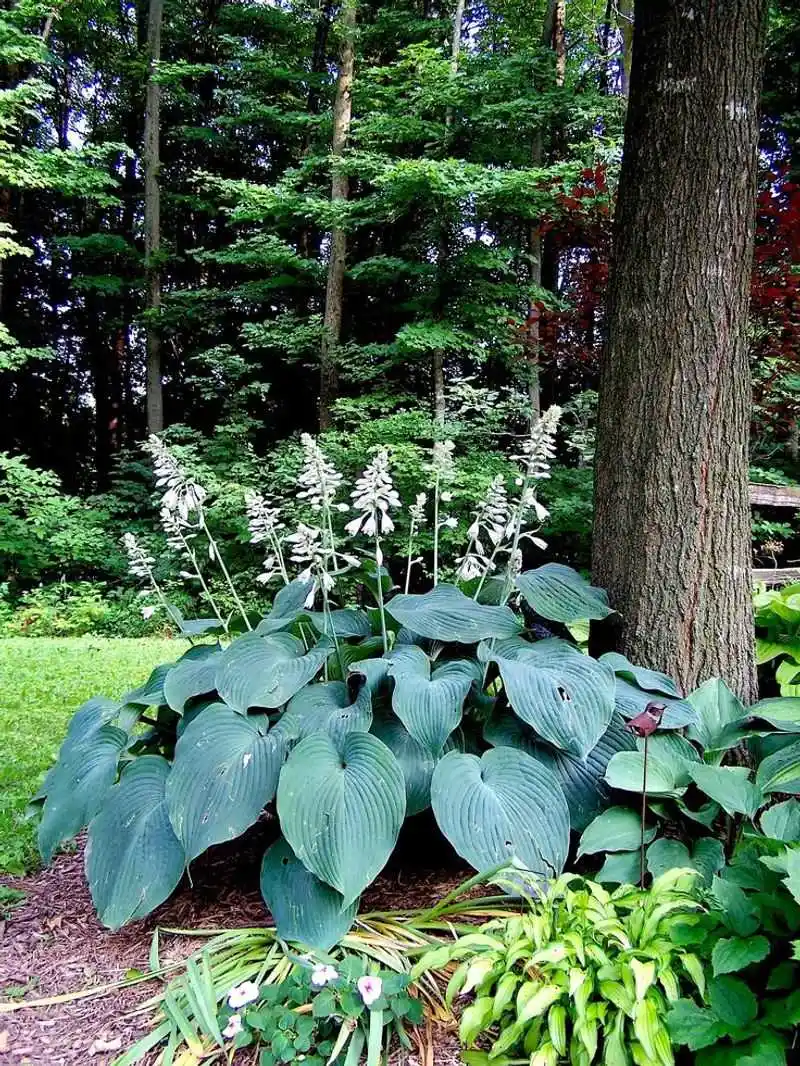
Hostas are the champions of shade gardens. With their wide, textured leaves, they bring an understated elegance to any garden space. These perennials thrive in shaded areas and are perfect for adding texture amongst more colorful blooms. Known for their longevity, hostas return every year, expanding and enhancing their surroundings. Their resilience to varying soil conditions and low maintenance requirements make them a gardener’s go-to for shady spots. Elegant and enduring, hostas are a testament to beauty found in subtlety.
Lavender (Lavandula)
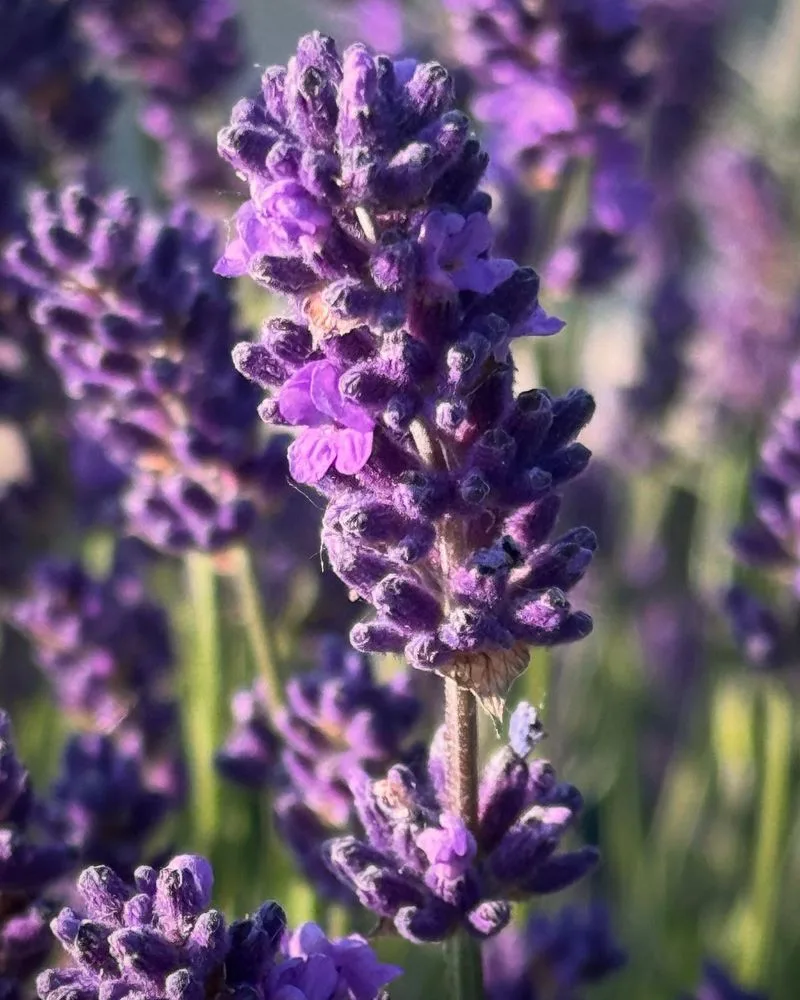
Lavender, with its soothing scent and beautiful purple flowers, conjures images of Provence’s fields. This perennial is not only a feast for the eyes but also for the nose. Known for its calming properties, lavender is a staple in herbal remedies and essential oils. While it prefers sunny locations and well-drained soil, its drought-resistant nature makes it a hardy addition to any garden. Returning year after year, lavender’s color and fragrance add a touch of serenity. Its versatile uses extend beyond the garden, making it a favored choice.
Astilbe
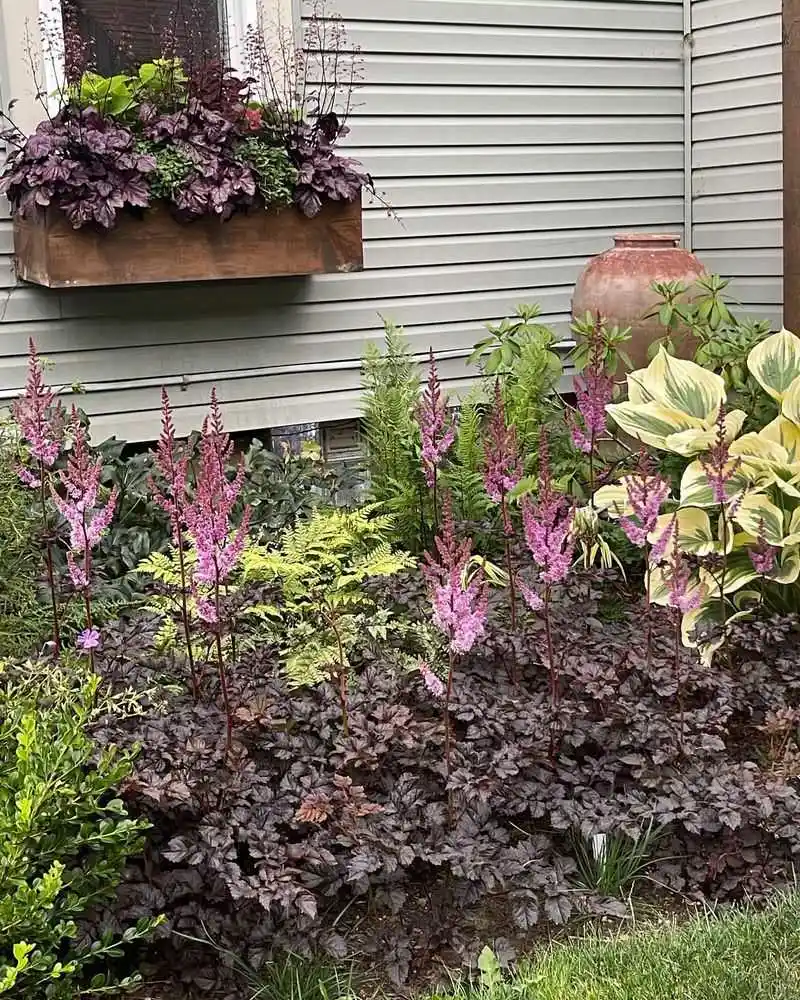
Astilbes bring a touch of whimsy with their feathery plumes. Flourishing in partially shaded areas, these perennials add color and texture to gardens, offering an almost ethereal quality. They bloom in various shades, from soft pinks to vibrant reds, ensuring a dynamic display. Despite their delicate appearance, astilbes are remarkably robust, returning each year with vigor. Their ability to thrive in moist, shady conditions makes them invaluable for less sunny garden spots. A perfect blend of beauty and resilience, astilbes never fail to enchant.
Coral Bells (Heuchera)
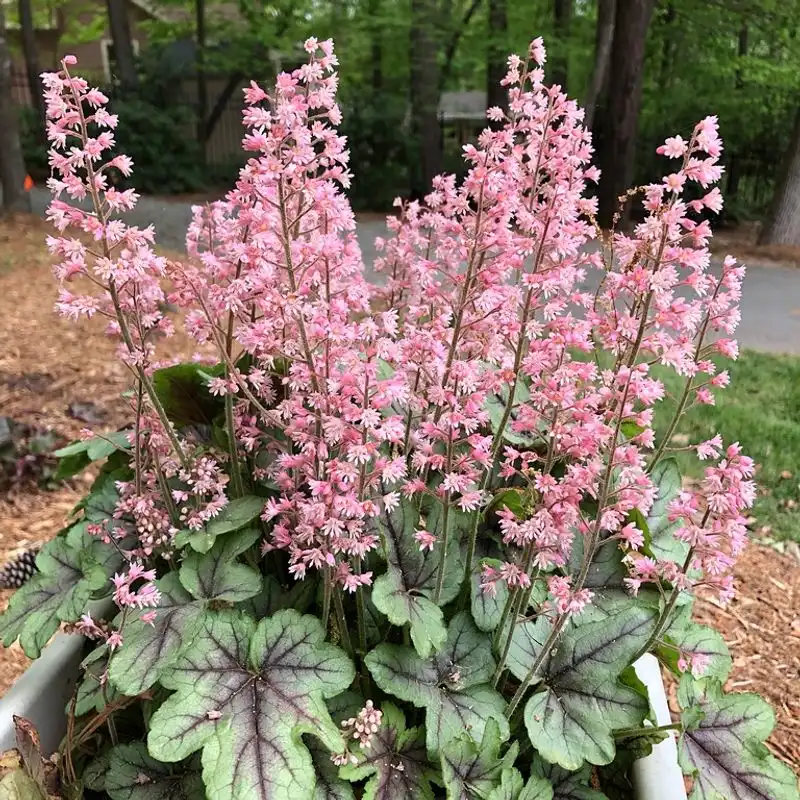
Coral bells are a gardener’s palette. Known for their stunning foliage, which comes in a variety of colors from deep purples to bright greens, they transform garden beds effortlessly. These perennials are particularly valued for their ability to thrive in both sun and shade. Beyond their leaves, they produce delicate flowers that add a subtle charm. Easy to grow and maintain, coral bells are perfect for adding color without overwhelming the space. Their adaptability and vibrant foliage make them a perennial favorite for all garden styles.
Sedum (Stonecrop)
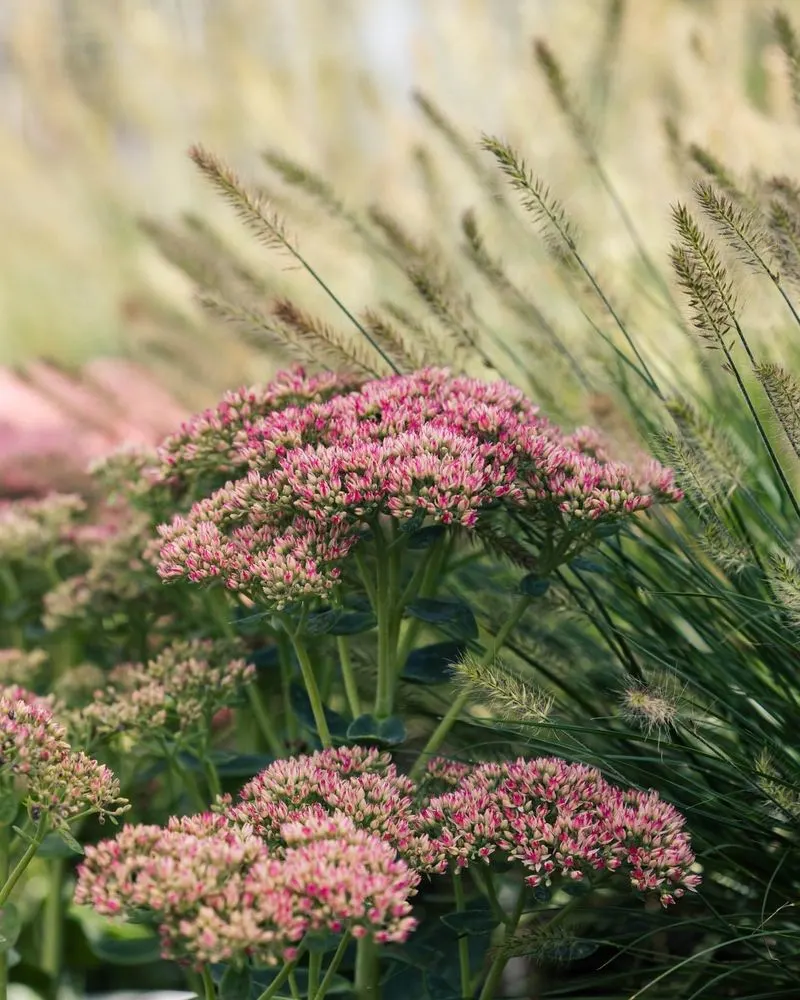
Sedums, or stonecrops, are the unsung heroes of the garden. With their fleshy leaves and star-shaped flowers, they bring a unique texture and color. Perfect for rock gardens and borders, sedums thrive in poor soil and full sun. Their drought tolerance and low maintenance make them ideal for busy gardeners. As the seasons change, sedums’ colors may evolve, adding interest throughout the year. Beyond aesthetics, they attract pollinators, enhancing garden biodiversity. Reliable and resilient, sedums are a testament to nature’s adaptability.
Salvia
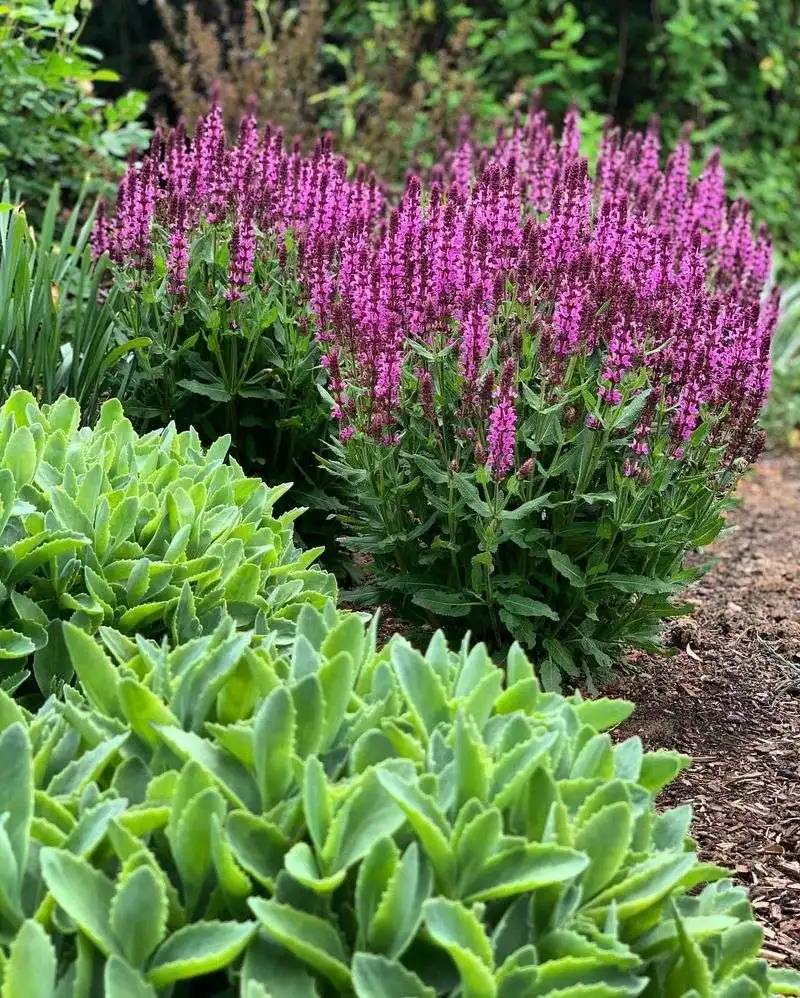
Salvia, with its tall spikes of flowers, adds vertical interest to gardens. Known for their rich color, they attract hummingbirds and butterflies, making gardens lively and dynamic. Salvias thrive in sunny spots and are remarkably drought-tolerant, perfect for low-maintenance landscapes. Their long blooming season ensures continuous beauty from summer to fall. With a variety of species, each offering unique colors and heights, these perennials cater to diverse garden designs. Salvia’s combination of beauty and resilience makes it a cherished choice among gardeners.
Bleeding Heart (Dicentra)
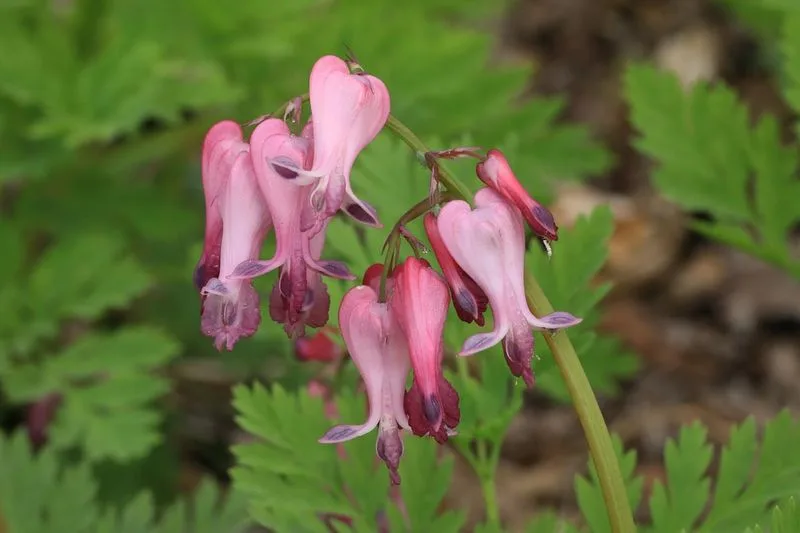
Bleeding hearts are nature’s poetry in bloom. With their delicate, heart-shaped flowers that dangle gracefully from arched stems, they capture the essence of romantic gardens. Preferring shaded, woodland-like environments, these perennials bring a touch of elegance to less sunny areas. Their early spring blooms are a welcome sight, adorning gardens with soft pink hues. Despite their fragile appearance, bleeding hearts are tough and return each year with reliable splendor. A symbol of timeless beauty, they are perfect for adding a touch of romance and nostalgia.
Shasta Daisy
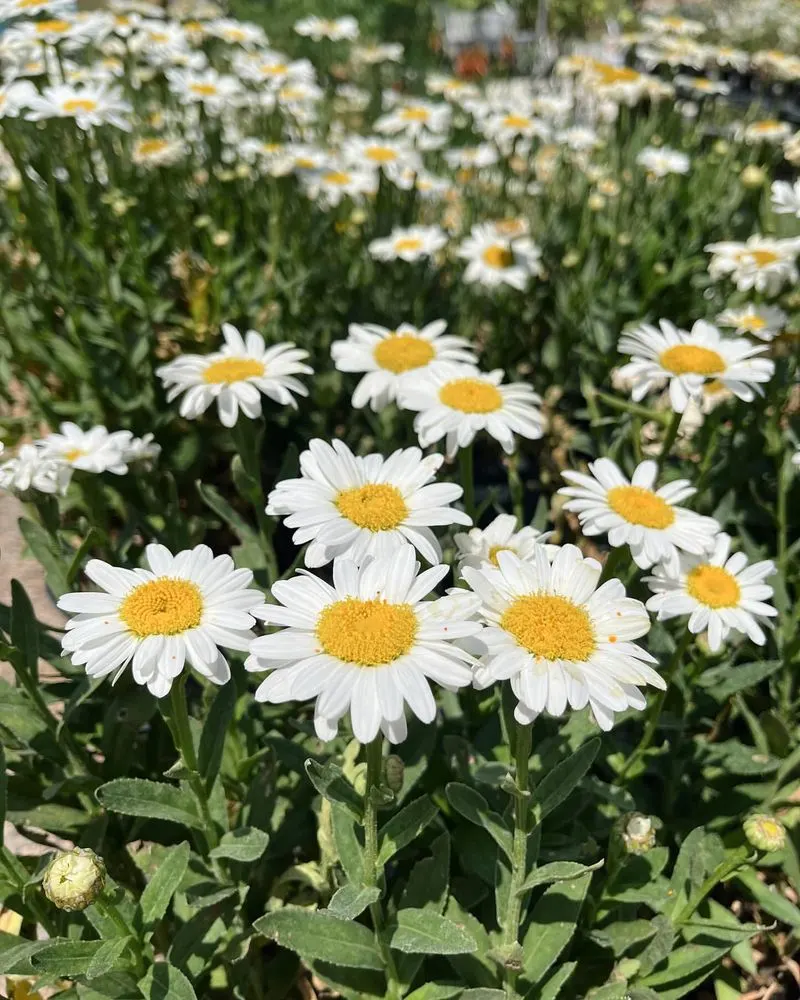
Shasta daisies embody simplicity and charm. With their bright white petals and sunny yellow centers, they bring a fresh, cheerful presence to any garden. These perennials thrive in sunny spots and well-drained soil, making them a reliable choice for gardeners. Blooming from early summer to fall, they provide a long-lasting display. Shasta daisies are resilient, requiring minimal care while offering maximum impact. Their classic look complements any garden style, from cottage to contemporary. A symbol of purity and innocence, they remain a perennial favorite.
Russian Sage (Perovskia)
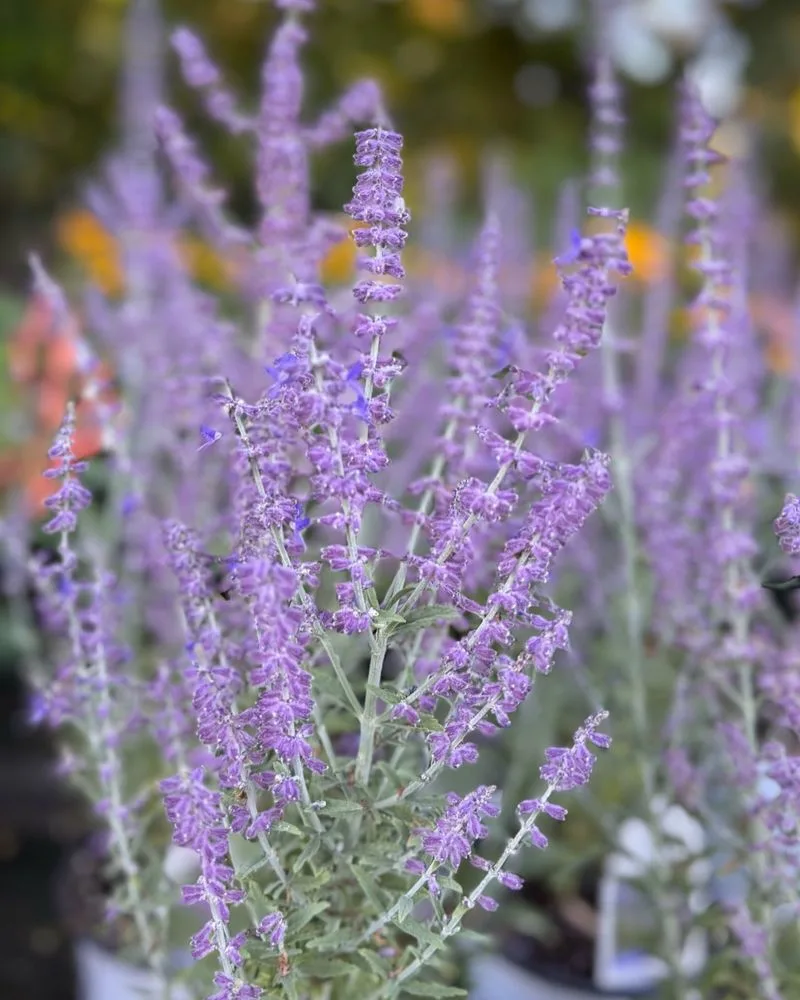
Russian sage stands as a testament to resilience. With its silvery-gray foliage and spires of purple flowers, it adds height and texture to gardens. Known for thriving in hot, dry conditions, this perennial is perfect for xeriscaping. Beyond its beauty, Russian sage is deer-resistant, making it an excellent choice for wildlife-prone areas. Its aromatic leaves add a sensory dimension, enhancing the garden experience. Blooming from mid-summer to autumn, it offers a striking display, attracting pollinators and providing a touch of elegance with minimal effort.
Yarrow (Achillea)
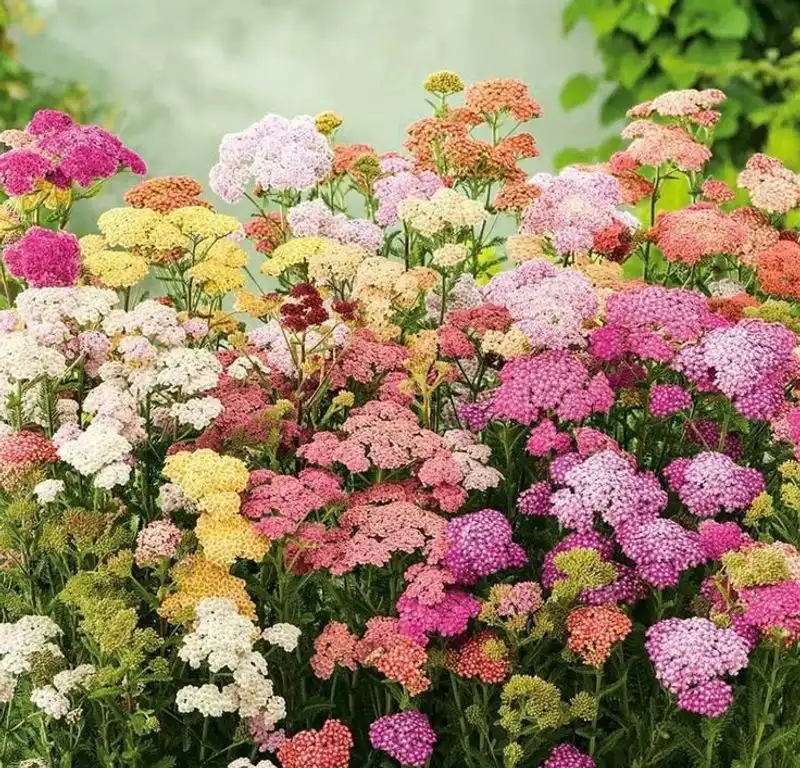
Yarrow is a garden stalwart. With its clusters of tiny flowers and fern-like foliage, it brings texture and color. Known for its hardiness, this perennial thrives in poor soil and sunny conditions. Yarrows are not just pretty; they have historical significance, once used in traditional medicine for their healing properties. Gardeners appreciate their drought resistance and ability to attract beneficial insects. Blooming from late spring to early fall, yarrow offers a long-lasting display. Its versatility and ease of growth make it a garden essential.
Hellebore (Lenten Rose)
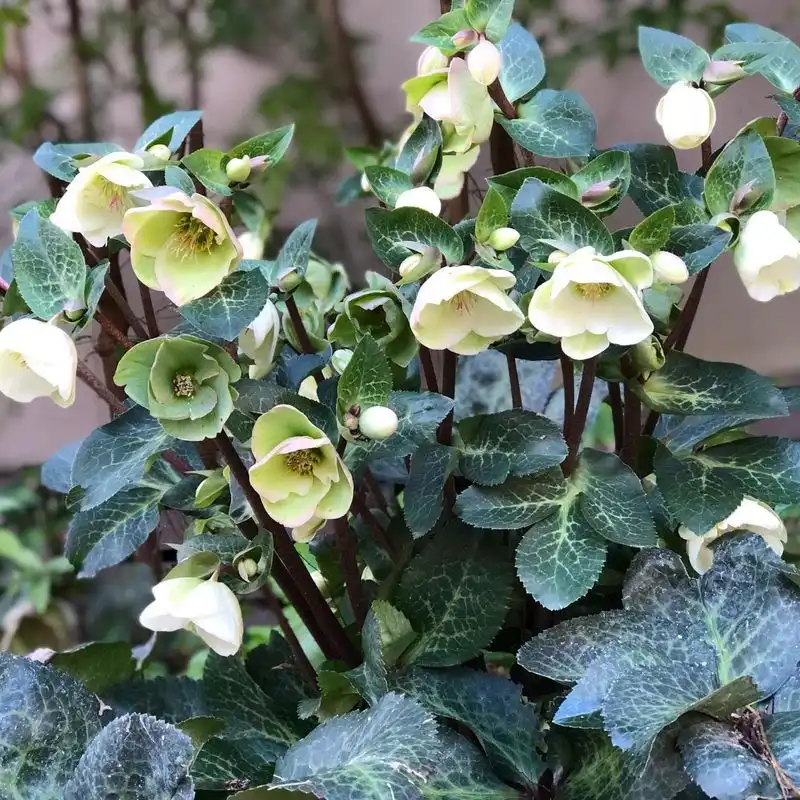
Hellebores bring color to winter gardens. Often blooming when little else does, their flowers, in shades of white, pink, and green, are a winter delight. Known as the Lenten rose, this perennial withstands cold climates, emerging even through snow. Hellebores are shade lovers, thriving under trees and shrubs. Their nodding flowers and leathery leaves add interest and texture. Beyond beauty, they offer a long blooming season. Resilient and captivating, hellebores are perfect for those seeking winter color and elegance in their gardens.
Penstemon
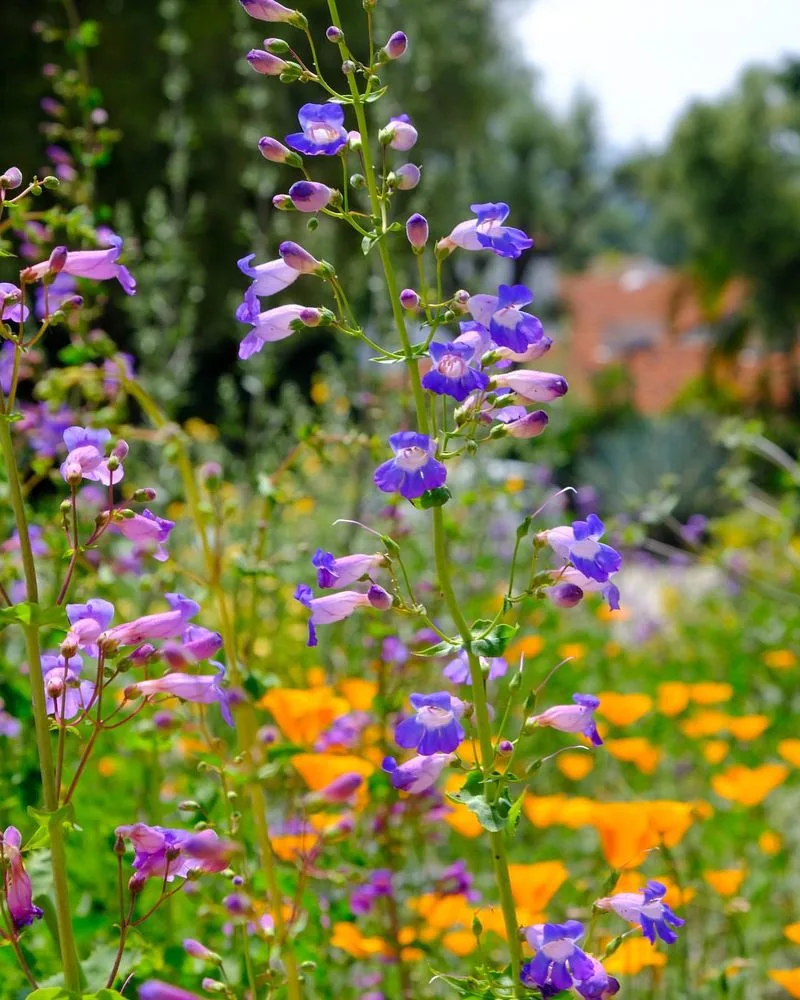
Penstemon, often called beardtongue, is a garden standout. With tubular flowers that attract hummingbirds and bees, it brings vibrancy and movement. This perennial is known for its color range and ability to thrive in well-drained soil with plenty of sun. Its upright habit adds height to borders, creating a dynamic visual. Penstemons are drought-tolerant, making them ideal for water-wise gardening. Their extended blooming period ensures gardens remain lively throughout the growing season. A favorite for naturalistic and wildlife gardens, they blend beauty with ecological value.
Coreopsis
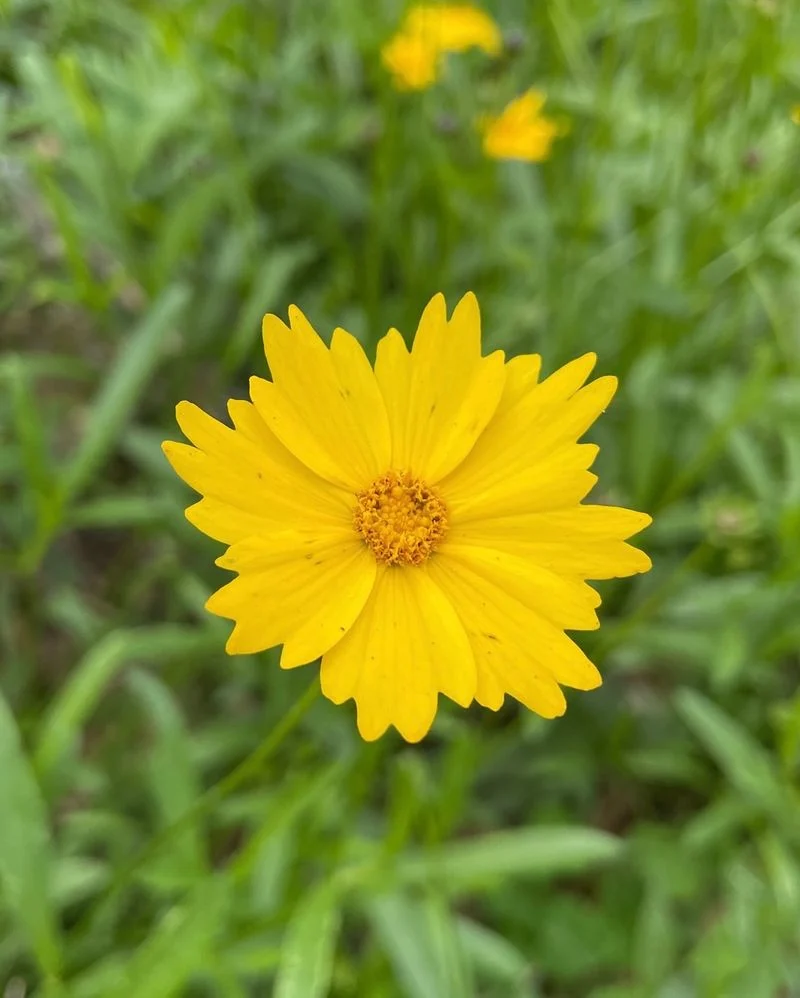
Coreopsis, with its sunshine-hued flowers, brings cheer to any garden setting. Known for its prolific blooming, this perennial lights up gardens from early summer into fall. Its daisy-like flowers are not only visually pleasing but also attract butterflies, enhancing garden biodiversity. Coreopsis thrives in sunny locations with well-drained soil, requiring minimal care. Its ability to withstand drought and poor soil makes it a gardener’s ally. The vivid colors and ease of growth ensure coreopsis remains a popular choice for adding continuous color.
Phlox
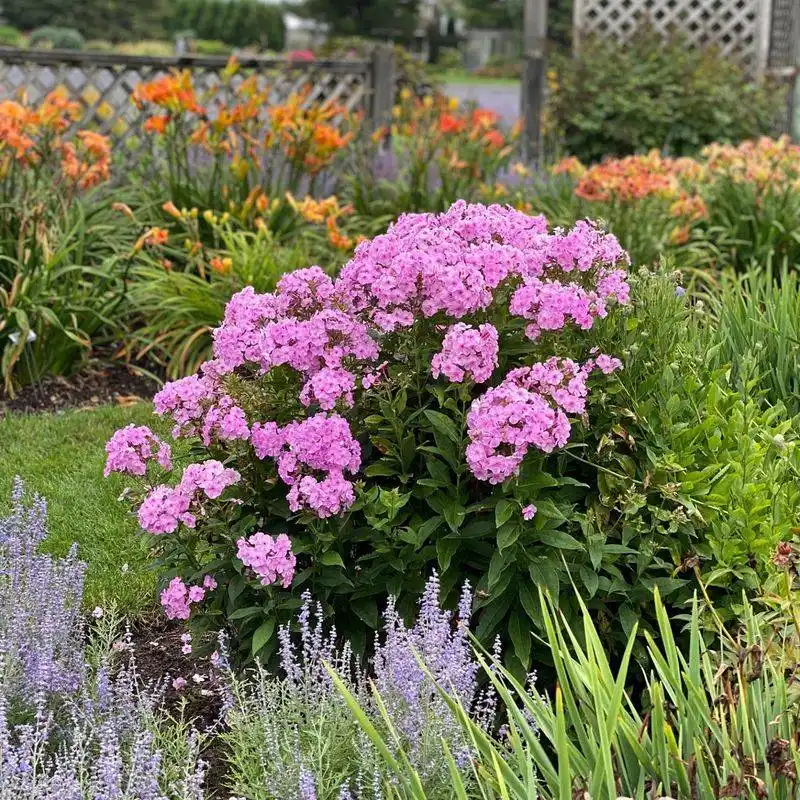
Phlox is synonymous with cottage gardens, known for its clusters of fragrant, colorful flowers. This perennial provides a burst of color from midsummer to fall, inviting butterflies and hummingbirds. Phlox thrives in sunny spots with well-drained soil, offering both ground cover and taller varieties for borders. Its versatility extends to its color palette, ranging from soft pastels to vibrant hues. Easy to grow and maintain, phlox brings a touch of old-fashioned charm. Its ability to create visual harmony makes it a beloved choice among gardeners.
Bee Balm (Monarda)
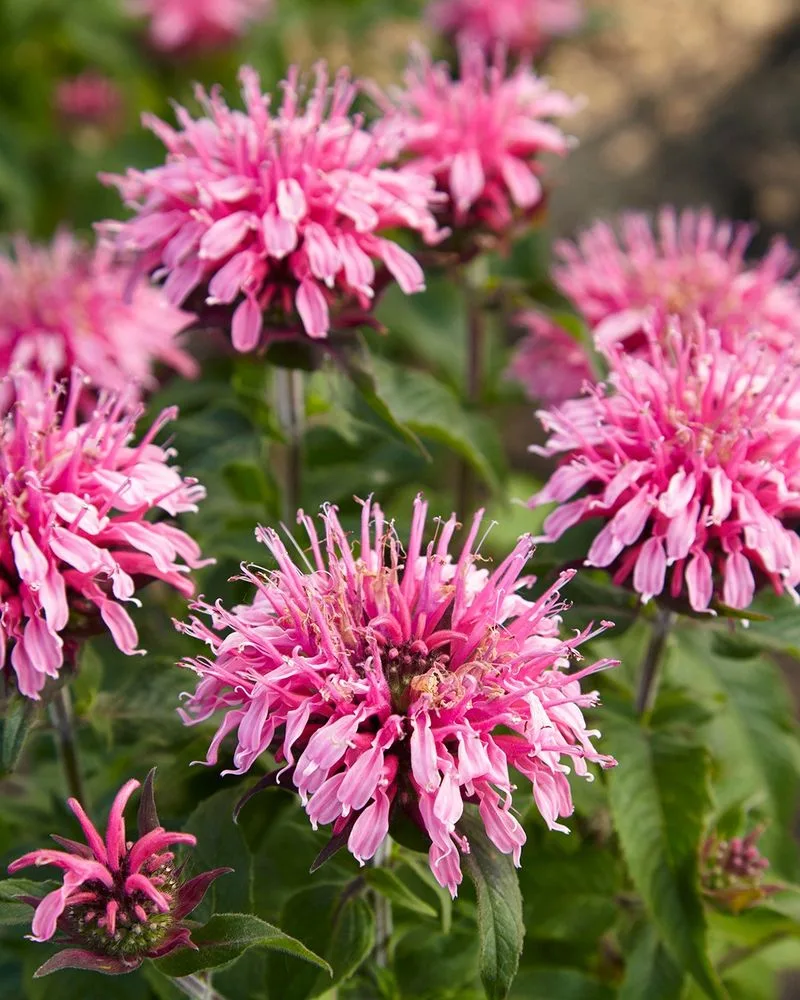
Bee balm, a magnet for pollinators, adds vibrancy and ecological value. With its striking red and pink blooms, it creates a lively spectacle, attracting bees, butterflies, and hummingbirds. Known for its aromatic foliage, bee balm thrives in sunny conditions with well-drained soil. It offers both beauty and utility, with flowers that can also be used in teas. Its robust nature ensures it returns each year, enriching gardens with color and activity. For those looking to support local wildlife while enjoying visual splendor, bee balm is unmatched.

